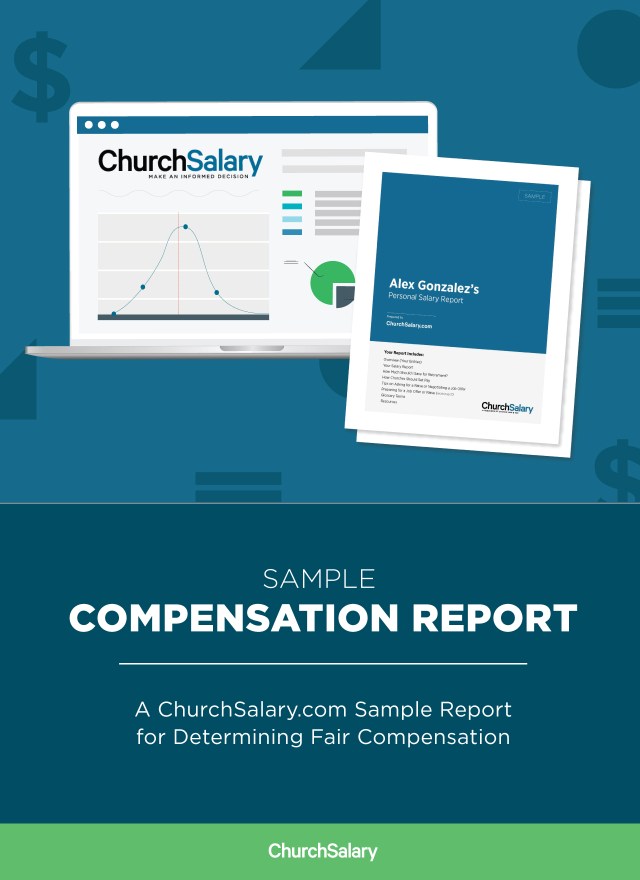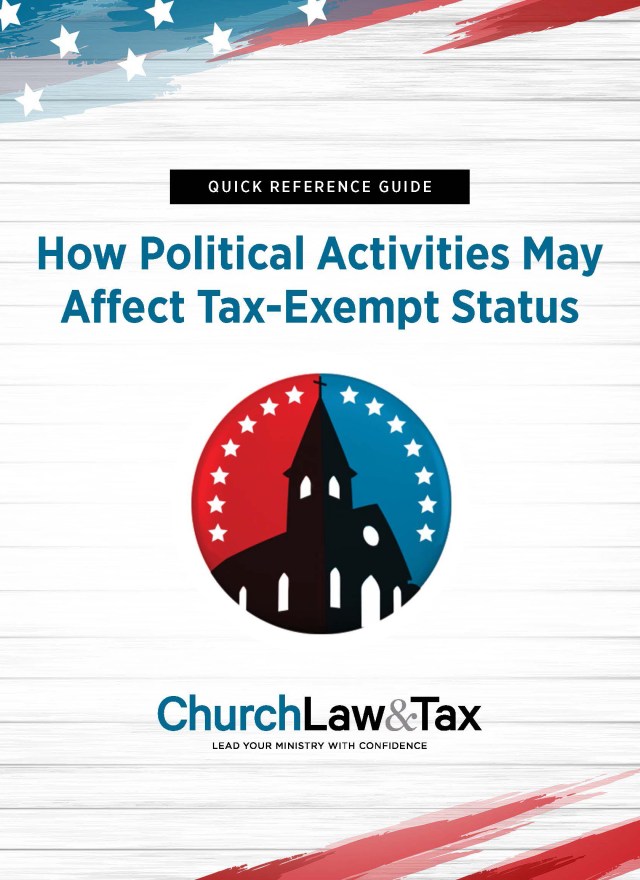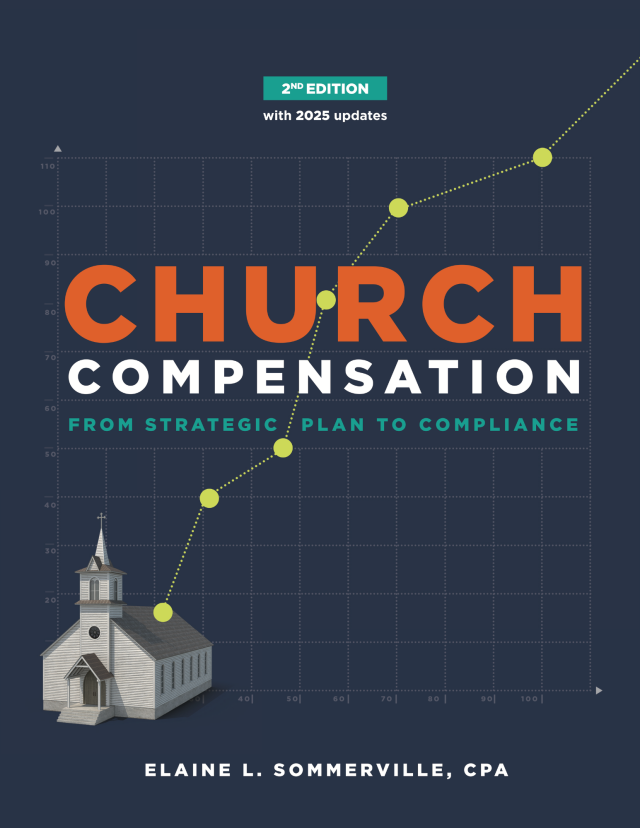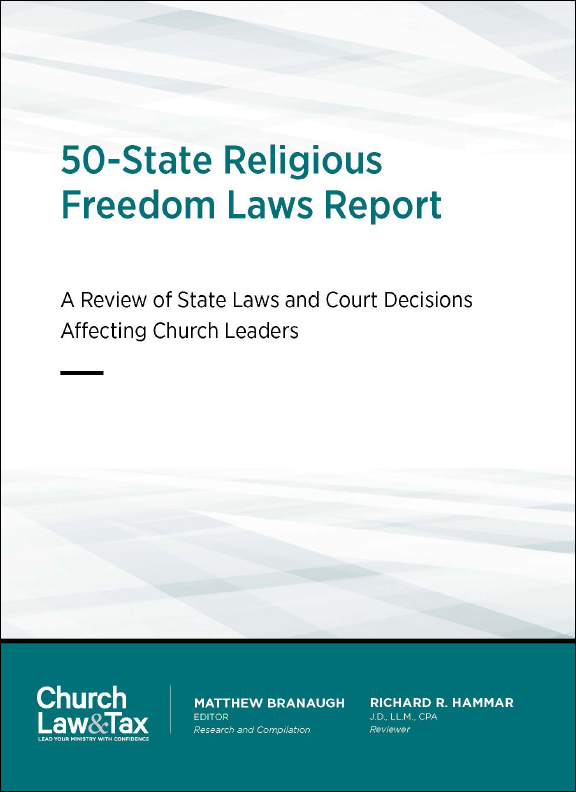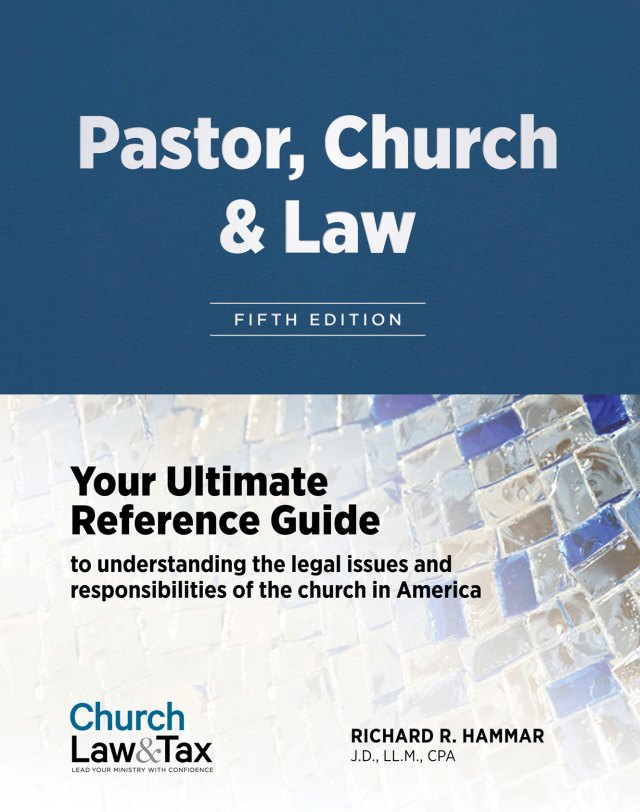• Key point 2-04.1. Most courts have concluded that they are barred by the First Amendment guarantees of religious freedom and nonestablishment of religion from resolving challenges by dismissed clergy to the legal validity of their dismissals.
Termination
* A federal appeals court ruled that the ‘ministerial exception’ to employment discrimination laws prevented it from resolving an age discrimination lawsuit brought by a church music director against his church. A church employed a man (Richard) as its music director and organist. The job description for the position required him ‘to assist the office of divine worship in preparing and celebrating various diocesan liturgies’ and ‘in planning and celebrating liturgical events as requested.’ The description of his church job required him to play the organ for masses and other events, including weddings and funerals, and, in his capacity as music director, to ‘prepare music for all parish masses and liturgies in consultation with the pastor where necessary,’ as well as to recruit, train, direct, and rehearse the members of the chorus.
A dispute concerning the scheduling of Easter music culminated in Richard’s dismissal from both positions; he was 50 years old and was replaced by a much younger person. The diocesan employment handbook describes the diocese as ‘an equal opportunity employer’ that does not discriminate on account of race, sex, age, or other factors. A federal district court dismissed Richard’s lawsuit, and he appealed.
Ministerial exception
A federal appeals court concluded that the so-called ‘ministerial exception’ barred Richard’s age discrimination claim. The ministerial exception is a legal doctrine, rooted in the First Amendment guaranty of religious freedom, that prevents the civil courts from resolving employment disputes between churches and their ministers. Richard insisted that the ministerial exception did not apply to him since ‘all I did was play music.’ The court disagreed:
There is no one way to play music. If Richard played the organ with a rock and roll beat, or played excerpts from Jesus Christ Superstar, at an Easter Mass he would be altering the religious experience of the parishioners. Among his duties as music director was that of selecting the music to be played at the various masses. That duty required him to make a discretionary religious judgment because the Catholic Church does not have rules specifying what piece of music is to be played at each type of mass. Richard’s lawyer astonished us by arguing that music has in itself no religious significance—its only religious significance is in its words. The implication is that it is a matter of indifference to the Church and its flock whether the words of the Gospel are set to Handel’s Messiah or to ‘Three Blind Mice.’ That obviously is false. The religious music played at a wedding is not necessarily suitable for a funeral; and religious music written for Christmas is not necessarily suitable for Easter. Even Mozart had to struggle over what was suitable church music with his first patron, Archbishop Colloredo, whom the Mozart family called the ‘arch-booby.’ ‘Music is a vital means of expressing and celebrating those beliefs which a religious community holds most sacred. Music is an integral part of many different religious traditions,’ including the Catholic tradition ….Richard ‘performed tasks that were ‘traditionally ecclesiastical or religious.’ The rector or bishop could override Richard’s choices of what music to play. But it is easy to see how disagreement with his choices could convince the ecclesiastical authorities that they would be better off with someone else in the job.
The court noted that the diocese claimed that if the lawsuit were allowed to go to trial it would argue that Richard was dismissed for a religious reason—his opinion concerning the suitability of particular music for Easter services. Such a position would ‘propel the court into a controversy, quintessentially religious, over what is suitable music for Easter services. Richard would argue that the church’s criticism of his musical choices was a pretext for firing him, that the real reason was his age. The church would rebut with evidence of what the liturgically proper music is for an Easter Mass and Richard might in turn dispute the church’s claim. The court would be asked to resolve a theological dispute.’ The court added:
If as in this case the music director is at least 40 years old and therefore within the class protected by the Age Discrimination in Employment Act, the ability of the church and the diocese to remove him will be inhibited unless the ministerial exception is applicable. Since, as we have just seen, Richard’s duties, unlike those, say, of the person who tunes the organ in St. Mary’s Cathedral, had a significant religious dimension, Richard forfeited his rights under the Act.
Waiving the ministerial exception
Richard argued that the church’s employment handbook stated that the church was an ‘equal opportunity employer,’ and that this statement amounted to a ‘waiver’ of the ministerial exception. The court disagreed: ‘Now it is very unlikely that the representation should be interpreted to embrace religious functionaries, such as the music director. Among the forms of discrimination that the handbook forbids is discrimination on grounds of sex, though women of course cannot be Catholic priests. But in any event the ministerial exception, like the rest of the internal-affairs doctrine, is not subject to waiver or estoppel. A federal court will not allow itself to get dragged into a religious controversy even if a religious organization wants it dragged in.’
Application. This case is important for two reasons. First, it demonstrates that church music directors should be deemed ‘ministers’ for purposes of the ministerial exception to employment discrimination laws. Second, the court rejected the argument that an ‘equal employment opportunity’ statement in a church’s employee handbook has the effect of nullifying the ministerial exception. Tomic v. Catholic Diocese, 442 F.3d 1036 (7th Cir. 2006).
Copyright © 1994 – 2006 Christianity Today International.All rights reserved. This publication is designed to provide accurate and authoritative information in regard to the subject matter covered. It is provided with the understanding that the publisher is not engaged in rendering legal, accounting, or other professional service. If legal advice or other expert assistance is required, the services of a competent professional person should be sought. Church Law & Tax Report, A publication of Christianity Today International, 465 Gundersen Drive, Carol Stream, IL 60188.
